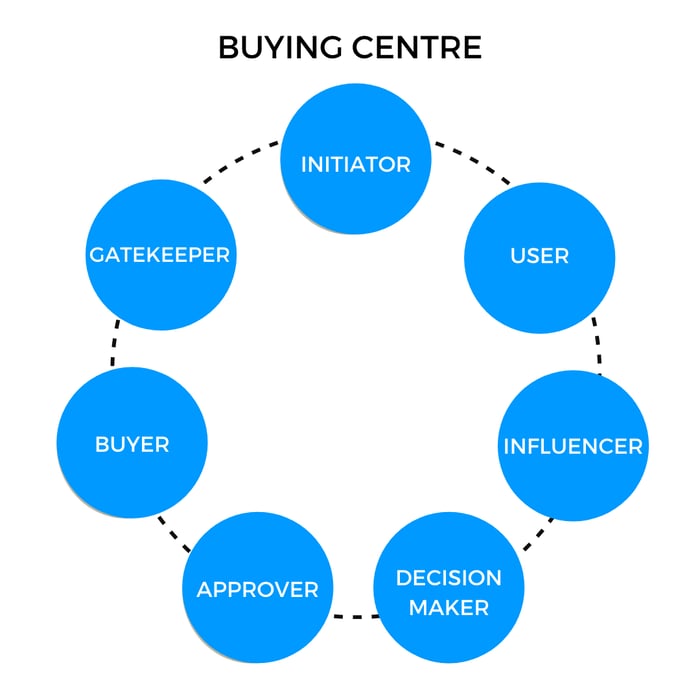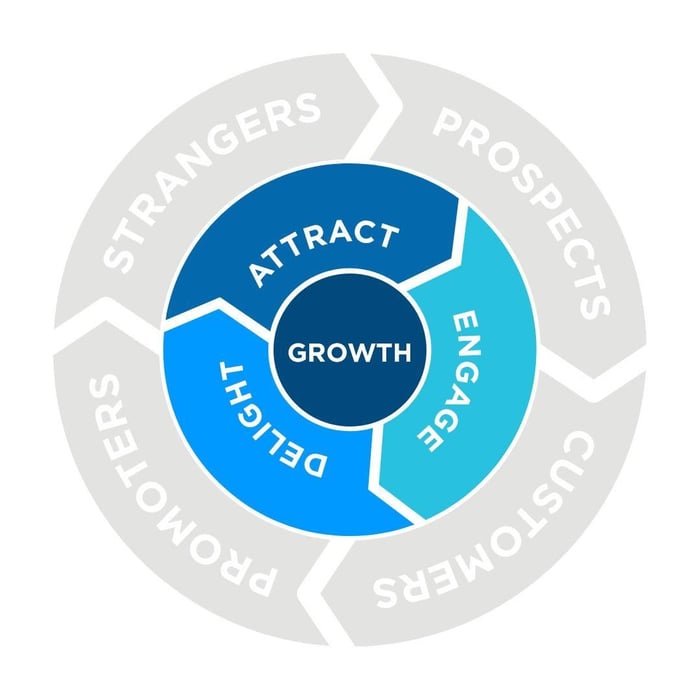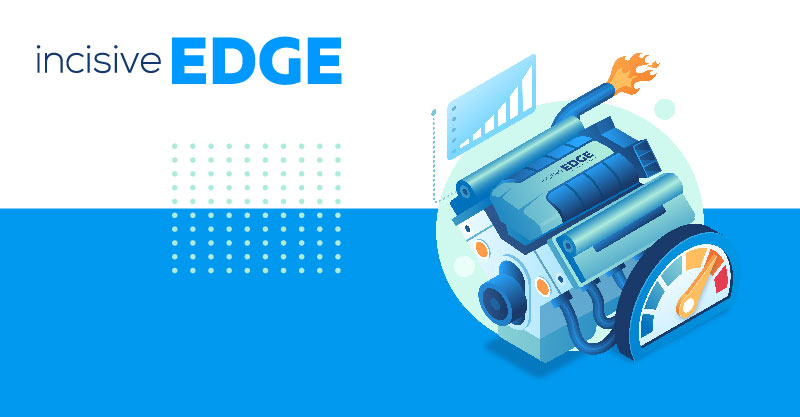We’ve already gone over many aspects of a go to market strategy - we’ve even provided checklists and a few examples to help you understand the process a little better. Now, we’re going to tackle how to build a go to market plan for yourself.
A solid launch strategy, which includes a well-defined sales strategy, can mitigate the risks associated with introducing new products or entering new markets. To do so, it's essential to identify and understand the target customers and target audience for the offering, and to tailor the launch strategy to their specific needs and preferences. By doing so, a company can increase its chances of success and gain a competitive advantage in the marketplace.
What Is a Go to Market Strategy?
Although we’ve discussed the basics previously, it doesn’t hurt to provide a refresher.
Go-to-market strategies refer to the various programs and tactics used to introduce a product or service to a new target market, with the aim of gaining a competitive advantage. These strategies typically include planned communications, brand values, and marketing messaging, among others. By deploying multiple go-to-market strategies, a company can increase its chances of successfully reaching and engaging its target audience, while also staying ahead of its competitors.
The aim is to achieve a product-market fit within a specific niche or region and establish a presence in that market.
- Read more about go-to-market strategies
Unlike a marketing strategy, which covers the ongoing campaigns and programmes used to drive demand, a go-to-market strategy covers everything you’ll need to really capitalise on the launch of your product.
Read - What is the difference between a Go to Market Strategy and a Marketing Strategy?
How to Build a Go-to-Market Strategy That Works
Prepare Your Company to Enter a New Market
Before expanding into a new market, you need to make sure everyone in your company is on the same page. You can start by addressing the following:
- Goals and Alignment
Be precise about your objectives, and make sure they are measurable.
- Internal Capabilities
Does your business have all the necessary characteristics for the new launch? Is there a budget for any new infrastructure that may be required?
- Human Resources
Are there any gaps in your human resources? Do you have the talent necessary to facilitate the launch? - Timing
Consider the best time to act, taking into account analysis of the target market, global economics, etc.
Define Your Market Conditions
In 1957, the Ansoff Matrix, also known as the Product/Market Expansion Grid, discussed four categories of product-market introduction methods. These categories are Market Penetration, Product Development, Diversification, and Market Development.
A go to market strategy applies to the Product Development and Diversification categories.
Under Product Development, you’re introducing a new product to an existing market.
In Diversification, you’re introducing a new product to a new market.
Identifying where your product-market fit sits within the matrix can help you define your strategy - who you’re selling to, as well as what you’re selling.
Identify Your Buying Centre and Personas
Identifying your buyer personas and your buying centre or Decision Making Unit (DMU) is vital for building your launch strategy. For B2B solutions especially, there are usually between 6 to 10 decision makers involved, and they make up the buying centre.
 Image: Incisive Edge
Image: Incisive Edge
Each one of these decision makers fills a specific role:
- Initiator:
Kicks off the purchasing process or expresses an initial desire. - User:
Uses the product or service on a daily basis. - Influencer:
Persuades others that a product is needed. - Decision maker:
Responsible for final approval for the purchase. - Buyer:
Controls the budget. - Approver:
Takes the initiative to the next level (typically someone in the C-suite). - Gatekeeper:
Prevents a product from being adopted or authorised.
Identify each of these roles, and get a sense of their pain points, goals, and motivations. When you understand the daily life of your target customer or buyer persona, it’s easier to figure out how your product or service will address their unique challenges. With this knowledge, you can develop the value proposition for your offering.
Identify Your Competitors
Who are the other important players in the industry you're about to enter? How will you set yourself apart from them? If your offer is entirely new, you can capitalise on that; but if your rivals are selling similar goods or services, you must find a niche you can dominate.
Determine Your Selling Strategy
The two key considerations that decide whether a prospect will make a purchase are value and price. So when you begin to build a go-to-market strategy, you need to consider your sales process, pricing strategy and pricing policy as part of your value proposition.
Analysing the promotional tactics of companies with similar goods might be a clever place to start. At the end of the day, what you charge should be based on the quality of your product. By determining the central value of your offering, you can determine what your pricing plan should be and construct a model around it.
Consider whether you want to opt for a freemium model or have consumers make a purchase right off the bat.
Determine Your Customer Purchase Funnel
Once you have some base knowledge about your buyer personas and the market you’re entering, you can start developing your sales funnel. Ask yourself these questions:
- What is the best way for customers to find you?
- What method will you use to convert them?
- What strategy would you use to convert them into long-term customers?
The most successful funnels bring in new clients while encouraging repeat business. Keeping existing clients is much more profitable than attracting new ones.
Instead of using the conventional funnel, you might want to try using the flywheel process. This strategy is holistic, putting the client first and converting your leads from opportunities to consumers to active promoters.
 Image: Incisive Edge
Image: Incisive Edge
Prepare a Marketing Strategy
The final step in your plan is to figure out how you will market and promote your product once it's launched.
If you're introducing a new product into an established market, you can begin by promoting it to loyal customers. The manner in which you conduct your outreach — phone calls, emails, etc. — should be determined as part of your overall plan.
If you're entering a new market, you're trying to reach customers you've never engaged with before, so you'll need to devise a way for them to learn about your product. Paid promotion across platforms such as Google Ads and the development of new content to drive inbound traffic are examples of this.
Finally, if you have channel partners, you should provide them with the details they need in order for them to sell to their clients.
Over to You
Developing a comprehensive go-to-market (GTM) strategy is essential for successfully launching a new product or entering a new market. A good GTM strategy should take into account factors such as the target audience, customer acquisition cost, and the role of the sales team in the launch process.
By considering these factors, a company can create an effective GTM plan that maximizes its chances of success. While there is no one-size-fits-all approach to building a GTM strategy, following the steps outlined above can provide a solid foundation for creating a successful launch plan.
To find out more about how Incisive Edge can help streamline your go-to-market strategy for 2023, get in touch with us.








